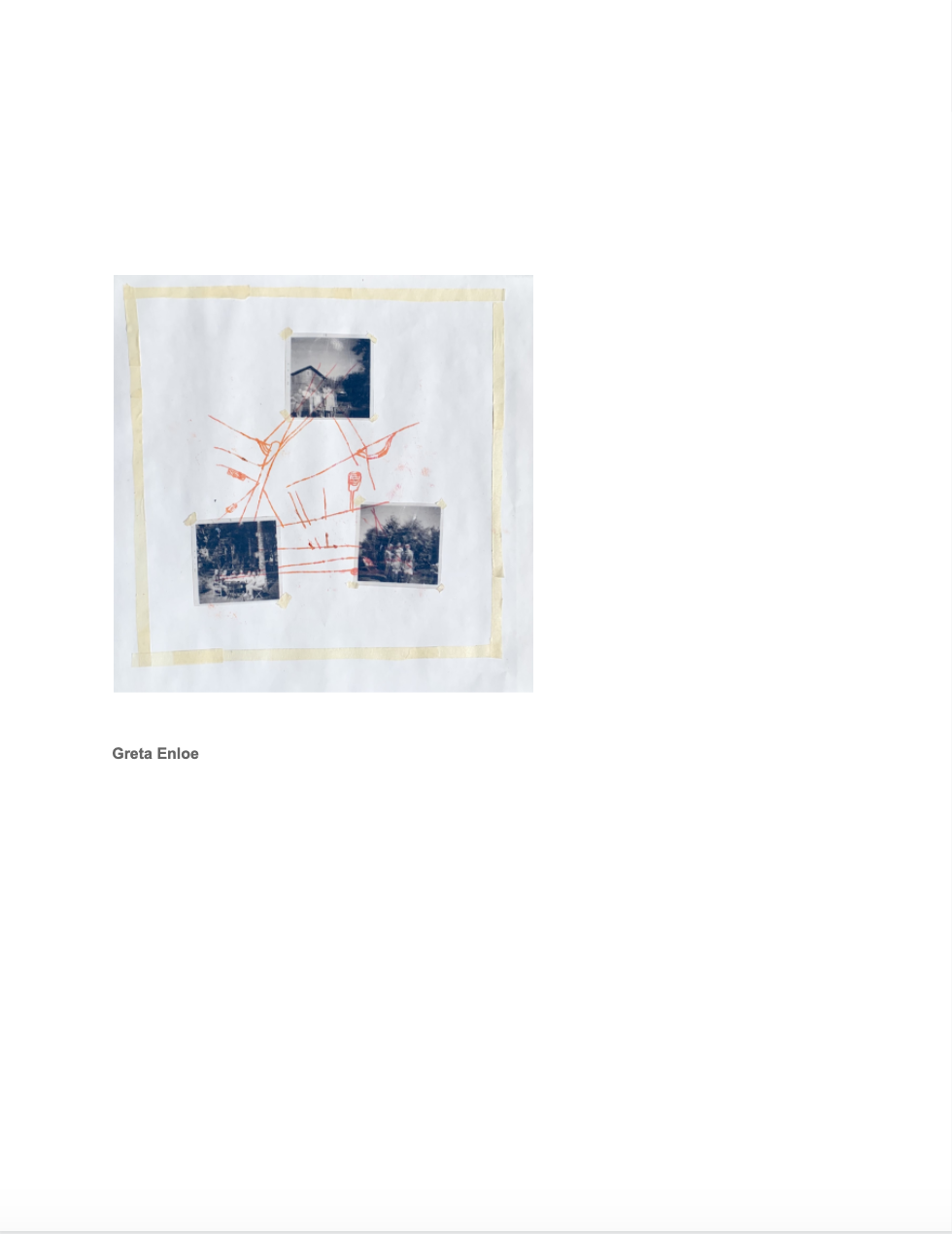Strange Coupling 2020 at the School of Art + Art History + Design (University of Washington), Seattle
August 21, 2020 – Ongoing

Strange Coupling Exhibition Website (2020), https://strange-coupling.com/ [White text over red background reads “Strange Coupling 2020 Exhibition” and it is angled upwards from left to right. Other text includes “Projects” and “About” which are aligned horizontally and centered.]
About Strange Coupling
In response to the pandemic and state and national measures to keep the community safe, the Strange Coupling team also decided to coordinate the first-ever online Strange Coupling exhibition this year.



...
Artists Statement
Hello? Can you hear me?
We talked on the phone about memory and we came across a place to take notes. Our voices travelled across some three thousand miles to discover the process of making. Memory in the body allows travel and distancing. A process where the personal meets the challenge of representing an almost unexplainable process. The simplicity of line connects points in space and points in time.
Memory works like drawing a line because a line's imperfections, the humanness of its mark, connect and embellish ideas. When we communicate with our memories, about our memories, we create intersections of past times, bending lines that had no intention of meeting.
This document acts both like an artwork and spaces that display works of art. Imagine that scrolling through the pages represents a walking action, from wall to floor to ceiling to wall. Walk past uninteresting ideas, examine what catches your interests.
###
Yep, I can hear you- loud and clear!
We tried many ways to explain what memory is, exactly- is it an amalgamation of factual events and images creating a fabricated reality? Is it synapses making connections across the brain? Is it our individual experiences crosshatched with our own biases and opinions?
To be fair, I don’t think we settled on an answer. We did, however, settle on the telephone wire as a perfect symbol of what exactly we were trying to say. It’s a fabricated pathway to convey the very real phenomenon of voice, of presence. Ironically enough, it was also how we were able to communicate with one another in the first place.
The line is the foundation of, well, most things. A simple point from A to B. It can also intersect unexpectedly, maybe take a hard left just when you thought it would go right. Perhaps the telephone wire was a forgone conclusion to you. If memory serves me right, I’m not so sure it felt the same to us.
###